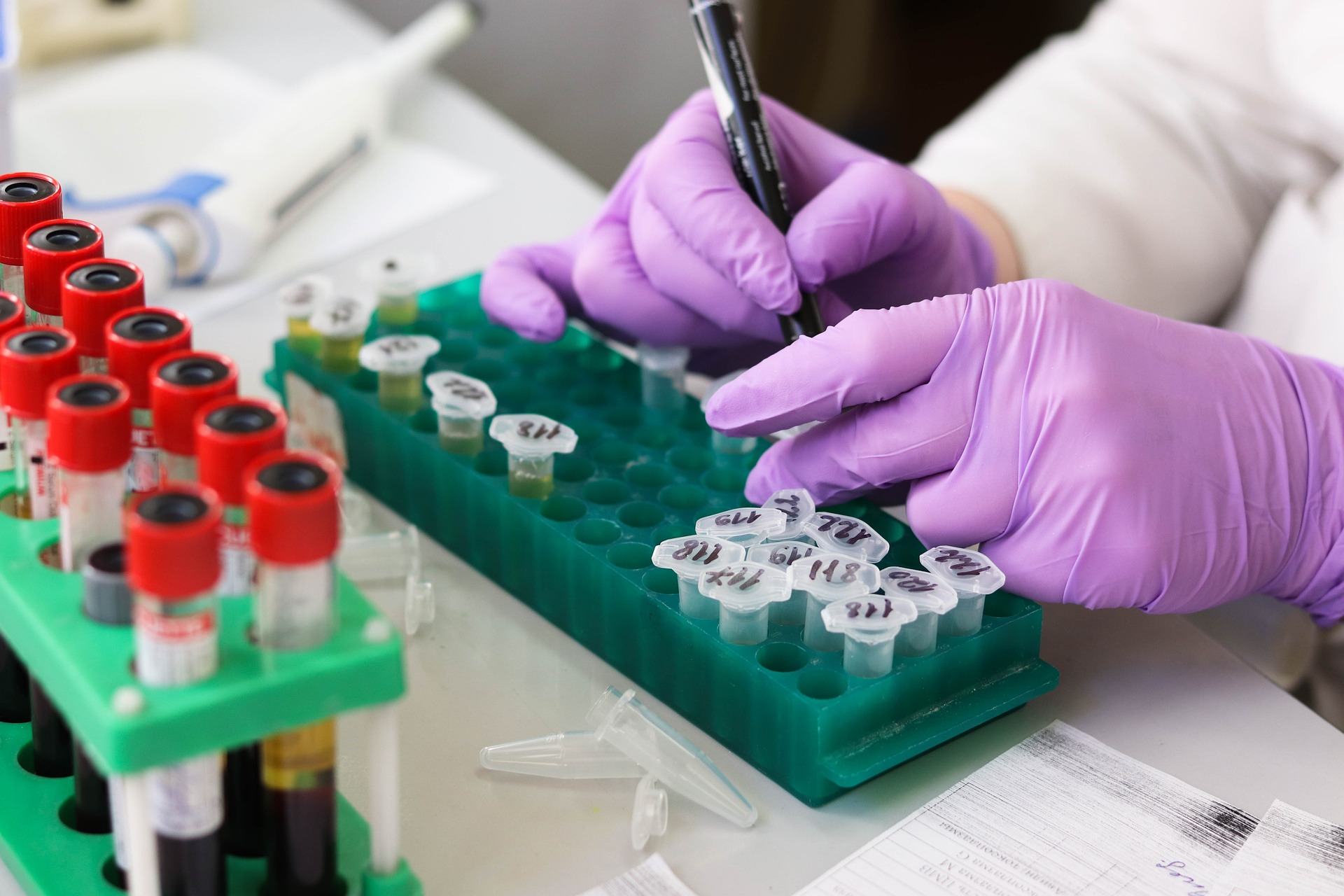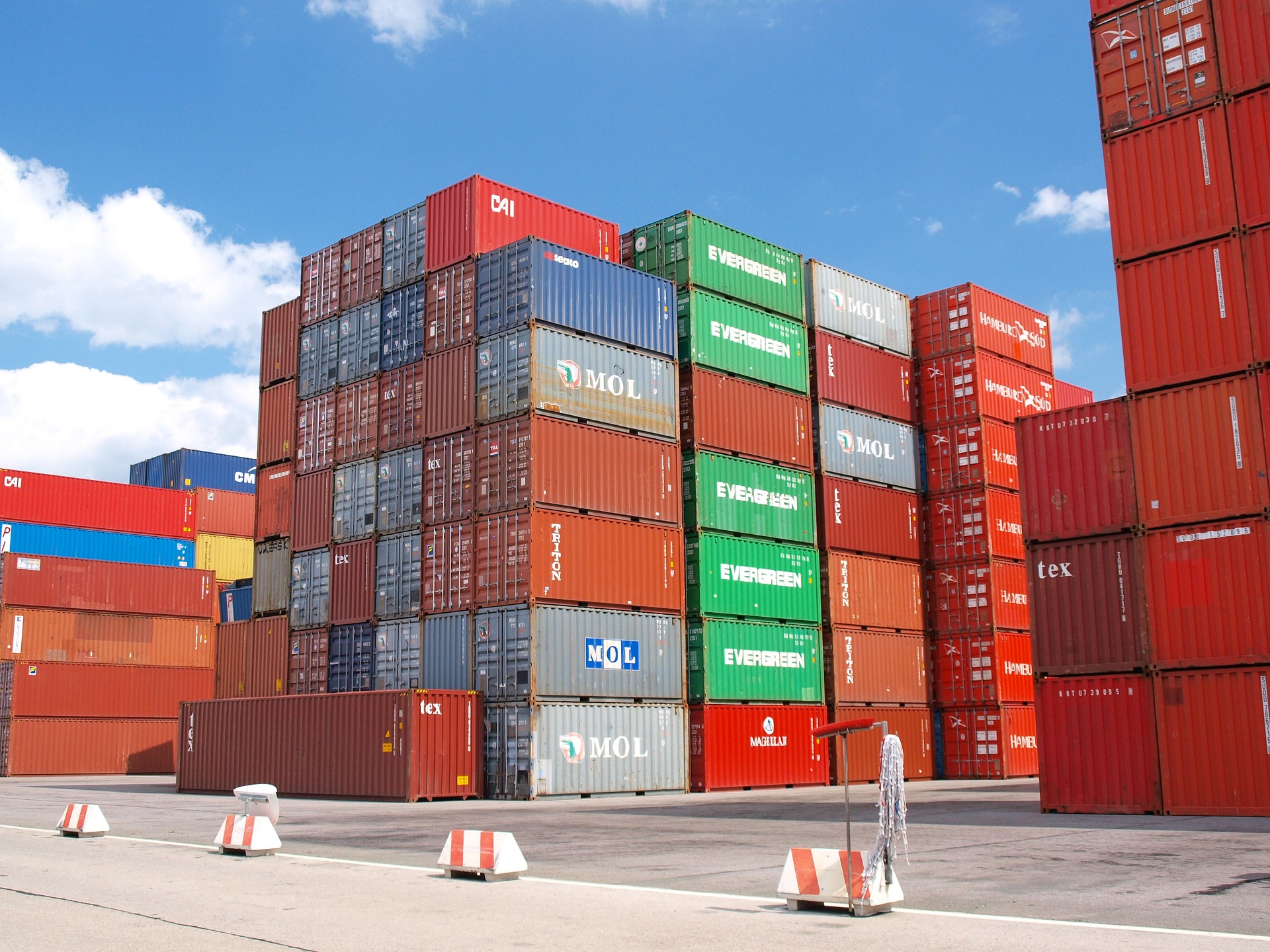What is Cleanroom Testing and Why is it Necessary?
- 21 Oct 2024
- Articles
Cleanroom testing is a critical process used to ensure that controlled environments meet the stringent cleanliness standards required for various industries. These testing protocols are essential for maintaining product integrity, ensuring compliance with regulations, and safeguarding the health of workers and consumers. In this blog post, we will explore the significance of cleanroom testing and its implications across different sectors.

Photo by Photo By: Kaboompics.com
Understanding Cleanroom Environments
Cleanrooms are specialized environments designed to minimize contamination from airborne particles, chemical vapors, and other pollutants. They are used in industries such as pharmaceuticals, biotechnology, electronics, and aerospace, where even the smallest particle can compromise product quality and safety. Cleanrooms are classified based on the number of particles allowed per cubic meter, with stricter standards requiring lower particle counts.
To maintain these controlled environments, regular cleanroom testing is essential. Testing involves monitoring the levels of airborne particles, temperature, humidity, and pressure differential. This ensures that cleanroom conditions remain within acceptable limits and that the necessary protocols are followed.
The Importance of Testing Services
Testing services play a crucial role in cleanroom environments. These services are designed to assess the effectiveness of cleanroom protocols and ensure compliance with industry regulations. By conducting regular testing, businesses can identify potential issues before they escalate into significant problems. For instance, monitoring air quality can reveal patterns of contamination that need to be addressed. Regular testing also ensures that the cleanroom business maintains its operational standards. Facilities may require validation tests after construction, installation of new equipment, or modifications to the cleanroom environment. Such testing confirms that the cleanroom continues to meet its designated class and that any changes have not compromised its integrity.
Types of Cleanroom Testing
Several types of tests are conducted in cleanrooms to monitor various parameters. These include:
-
Airborne Particle Counting: This test measures the number and size of particles in the air. It is essential to determine whether the cleanroom meets its cleanliness classification.
-
Microbial Testing: This test checks for the presence of bacteria, fungi, and other microorganisms that could contaminate products. Regular microbial testing helps ensure that the cleanroom environment remains sterile, particularly in pharmaceutical and biotechnology applications.
-
Surface Sampling: This involves collecting samples from surfaces within the cleanroom to identify any potential contamination. This testing is crucial for assessing the effectiveness of cleaning protocols and surface integrity.
-
Temperature and Humidity Monitoring: Maintaining specific temperature and humidity levels is vital in many cleanroom applications. Regular monitoring ensures that environmental conditions remain stable and within the required ranges.

Compliance and Regulatory Requirements
In many industries, cleanroom testing is not just a best practice; it is also a regulatory requirement. Compliance with standards set by organizations such as the International Organization for Standardization (ISO) and the U.S. Food and Drug Administration (FDA) is essential for maintaining operational licenses and ensuring product safety.
Regular cleanroom testing helps organizations demonstrate compliance with these regulations, thereby reducing the risk of penalties or product recalls. Furthermore, maintaining a high standard of cleanliness can enhance a company’s reputation and instill confidence in customers and stakeholders.
Cleanroom testing is a vital process that ensures controlled environments meet the rigorous standards necessary for various industries. By utilizing testing services, businesses can maintain operational integrity, comply with regulations, and safeguard product quality. Regular testing not only identifies potential contamination risks but also fosters a culture of quality and accountability.
In an era where precision and safety are paramount, investing in cleanroom testing is essential for any organization operating within a cleanroom environment. By prioritizing cleanliness and compliance, businesses can ensure their products are safe, effective, and of the highest quality.








